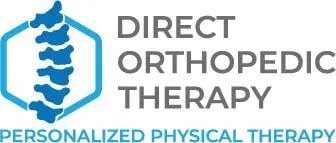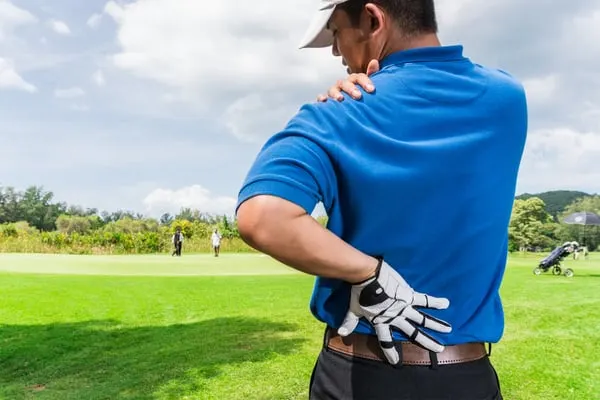Let’s get one thing straight—golf is a sport, not just a leisure activity. And like any sport, it comes with its share of injuries. In fact, if you’ve been swinging clubs long enough, chances are your lower back, shoulders, wrists, or elbows have already started talking back to you.
At Direct Orthopedic, we treat golfers of all ages and skill levels—from weekend warriors to competitive players—and the patterns are always the same: repetitive strain, poor mobility, and preventable mechanics issues.
The good news? Most golf injuries are 100% preventable with the right approach to warm-up, movement prep, strength, and swing mechanics. Whether you’re looking to stay pain-free, extend your playing years, or just avoid another lost season, this guide is your starting point.
Understanding the Physical Demands of Golf
People underestimate golf because it’s not a high-impact, contact sport—but the demands are real. Every swing involves:
- Rotational power through the hips and spine
- Shoulder mobility and control
- Core activation and stability
- Precision and repeatability under load
Now multiply that by 80+ swings per round, and add in walking uneven terrain, weather factors, and imbalanced movement patterns. It’s no wonder injuries creep in.
The most common areas injured in golf include:
- Low back (especially during the downswing)
- Shoulders (from overswinging or poor control)
- Wrists and elbows (from impact shock and poor grip mechanics)
- Hips and knees (especially in older golfers or those with mobility limitations)
Common Causes of Golf Injuries
If you’re wondering why golf injuries happen, it comes down to a few predictable causes:
1. Lack of Warm-Up
Most golfers walk straight from the car to the tee box. That’s a recipe for tight muscles, poor joint activation, and rushed movements—especially during the first few swings.
2. Poor Mobility
Tight hips, stiff thoracic spines, and locked-up ankles mean your body will “borrow” mobility from joints that shouldn’t be overworking—leading to strain and breakdown over time.
3. Muscle Imbalances
Golf is a one-sided sport. Over time, the lead side becomes dominant, which can create rotational imbalances, shoulder asymmetry, and core dysfunction.
4. Overuse and Fatigue
Too many rounds without recovery—or grinding away at the driving range without addressing form—leads to repetitive stress injuries like golfer’s elbow, rotator cuff tendinitis, or facet joint irritation in the spine.
5. Faulty Swing Mechanics
You don’t have to be a pro to need a solid swing foundation. Mechanics flaws like early extension, poor weight transfer, or excessive spinal rotation can compound quickly—and turn into chronic pain.
How to Prevent Golfing Injuries (According to the Experts)
Now let’s get into solutions. Here’s how we coach golfers at Direct Orthopedic to play pain-free and protect their bodies year-round.
1. Master the Golf Warm-Up
Yes, you need a warm-up—even if it’s just nine holes. Focus on dynamic movement over static stretching. Try:
- Arm circles and shoulder rolls
- Torso rotations with a club behind your back
- Hip openers and lateral lunges
- Controlled practice swings at 50% effort
Spend at least 5–7 minutes on movement prep to get your joints and nervous system ready to perform.
2. Improve Hip and Thoracic Mobility
The golf swing demands mobility from two places: the hips and the thoracic spine (mid-back). When those areas are stiff, your lower back and shoulders absorb the stress.
Try these exercises 3–4x per week:
- 90/90 hip switches
- Half-kneeling thoracic rotation
- Cat-cow + thread the needle
- Deep goblet squat holds
We often assess these mobility patterns at Forefront to see exactly where restrictions are causing compensation—and teach golfers how to unlock their rotation.
3. Build Golf-Specific Strength
Golfers don’t need to look like powerlifters—but they do need rotational core strength, hip control, and shoulder stability.
Try incorporating:
- Pallof presses (anti-rotation strength)
- Single-leg deadlifts
- Cable or banded torso rotations
- Scapular stability drills
Strength training 2–3x/week can reduce injury risk, improve swing consistency, and help you recover faster between rounds.
4. Address Asymmetries and One-Sided Load
Golf favors one side—and if you don’t train both sides of your body, it’ll catch up with you. That’s why we focus on unilateral training and post-round recovery routines.
Train your non-dominant side. Stretch both directions. Don’t just swing your driver 100 times—move with intention off the course, too.
5. Listen to Your Body and Recover Intelligently
Fatigue sets the stage for injury. Pay attention to:
- Lingering tightness or soreness
- Changes in your swing or contact
- Compensation patterns (e.g., twisting more with your low back)
And build in rest days, hydration, soft tissue work, and even dry needling or manual therapy as needed.
At Direct Orthopedic, we help golfers recover faster and avoid breakdown with custom recovery programs, physical therapy, and hands-on care.
When to Get Evaluated
If you’re experiencing any of the following, it’s time to schedule an assessment:
- Pain that shows up during or after golf
- Restricted rotation or balance issues in your swing
- Nagging elbow, wrist, or shoulder pain
- Low back pain when driving or putting
- Inconsistent performance despite regular practice
Our team at Direct Orthopedic specializes in sports performance assessments and golf-specific injury prevention. We’ll pinpoint the root cause of your discomfort, create a treatment plan, and help you build a swing that works with your body—not against it.
What Makes Our Approach at Direct Orthopedic Different?
We don’t just rehab injuries—we help golfers perform better with:
- One-on-one evaluations focused on your swing mechanics and movement patterns
- Hands-on care including dry needling, manual therapy, and mobility work
- Customized strength and mobility programming tailored to your swing
- Integrated care plans that bridge performance, pain prevention, and long-term health
We understand that golf is more than a game—it’s part of your lifestyle. Our job is to keep you on the course, feeling strong and confident with every swing.
Book Your Golf Movement Assessment at Direct Orthopedic
Don’t wait for pain to take you out of the game. Whether you’re playing competitively or just trying to enjoy the weekend with less discomfort, we’re here to help.
At Direct Orthopedic, we offer golf-specific injury prevention, rehab, and performance optimization—so you can swing freely, stay injury-free, and play your best. Call us today!



